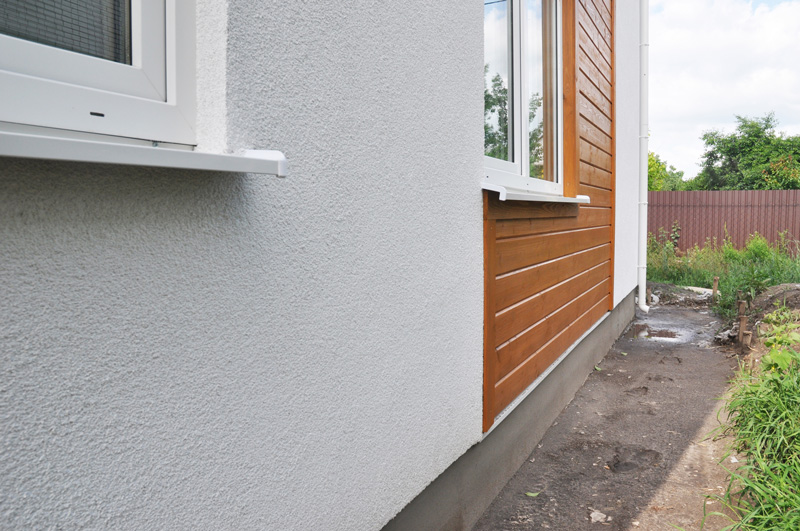Posted: 23rd October 2023 | Author: Nationwide Supplies
Back to news
Planning renovations to your house can be exciting, but it’s important to make sure you’ve thought about all the important considerations before you start buying supplies or hiring builders. Planning permission is one thing that could put the brakes on your project, so checking out in advance what the laws are in your local area can save you time and money.
For the majority of homeowners, planning permission is not required for simple home repairs, maintenance and renovations such as the addition of external cladding - on one condition. So long as the materials used are similar in appearance to those used in the construction of the house, you may clad your external walls without applying for planning permission.
If, however, you intend to significantly change the appearance of your house’s exterior walls, planning permission may be required. If you’re at all unsure as to whether or not this would be the case for your planned project, it’s best to get in touch with an expert who can give you advice tailored to the specifics of what you have in mind.
It’s important to realise that these rules can differ depending on where you live. If, for instance, you live within an Area of Outstanding Natural Beauty (AONB), a conservation area, a national park or the Broads, the guidelines are more strict. You may not need planning permission, depending on the general visibility of your property and the nature of your project, but it is more likely that you will. This is because your home is considered to be a part of the wider landscape, and so any significant changes to it will need to be approved by your local planning authority.
Of course, this doesn’t mean that you can’t clad your exterior walls if you live in such an area. You’ll just need to apply for planning permission first and have it approved. In many cases, planning permission is simply a formality. It exists, however, to protect the area from drastic changes that might spoil the natural views or in some other way damage the value of the area.
For instance, say you lived in a highly visible area of a seaside town that’s part of a conservation area. You might not be allowed to paint the front of your house a garish colour as it would impact the views for anyone enjoying the area, because the house is an unmissable part of the landscape. However, the rules for building work done to the rear of the house, which isn’t visible to the vast majority of people, may be more relaxed. As always, if you’re in any doubt about whether or not planning permission is needed, it’s best to consult an expert so you can be sure you’re doing the right thing.
If your project involves cladding interior walls - for example, a bedroom, bathroom or kitchen within your home - you won’t need planning permission for that aspect of the project unless you live in a listed building. This is for the simple reason that the interior of your home is not visible to people enjoying the views of your local area, and therefore it won’t have an impact. The vast majority of people wouldn’t even know if you were to clad your interior walls, so planning permission is not required.
In this case, the region in which you live doesn’t matter. Whether you’ve set up home in a national park, conservation area, AONB or the Broads, the interior walls of your home do not require planning permission for cladding. You will, of course, need to adhere to building regulations throughout your project, but this is true of all construction projects.
However, as we have mentioned, listed buildings are a different story. If you live in or are working on a listed building, you’ll need listed building consent for any works, whether internal or external. This allows planning authorities to protect the character of these rarer and usually older buildings. Because of this, you’ll likely have to show that your proposed project will be in keeping with the current character of the building before you receive approval to go ahead with the works.
If your project involves removing cladding rather than installing it, the rules are the same.
For interior works:
For exterior works:
These are general guidelines based on our experience of working in the construction industry over the years, but there are exceptions to every rule. If you’re concerned about whether or not you’ll need planning permission for the project you have in mind, get in touch with your local planning authority to discuss the specifics of your plans. That’s the best way to find out how your local planning laws will affect you.
Back to news